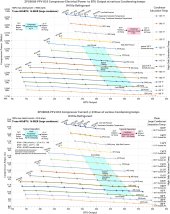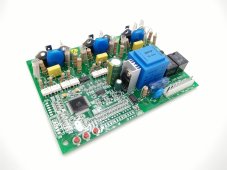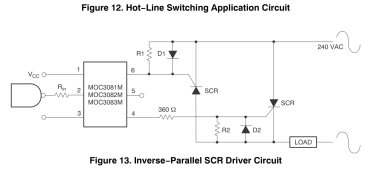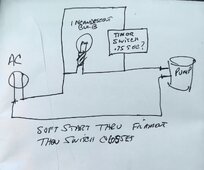Yes, just a quick look inside my 368.
Of part numbers I can easily read:
SCR's -Vishay 50amp 50TPS12L
SCR's -STM 40 amp TYN840-SCR (probably on start cap)
MOC3081M opto isolators
Atmel-ATmega328P uP
ZETTLER AZ2501P2-1A-12DE Latching Relays, 50A 12vdc coil (little surprised they are using latching relays)
Their recommend start cap values:
72-86MFD - Up to 12K BTU, 1 ton
88-106MFD - 13-23K BTU, 1 ton to 2 ton
108-130MFD - 24-36K BTU, 2 ton to 3 ton
189-227MFD - 37-48K BTU, 3 ton to 4 ton
270-324MFD - 49-72K BTU, 4 ton to 6 ton
230VAC applications must use 330V rated start capacitors.
Problem is unit BTU rating does not mean compressor is same BTU rating. My 16 SEER 48kbtu Trane with large condenser has 38 kbtu rated Copeland compressor. Copeland recommends 88-108 mfd start cap value for that model compressor. You want cap value to give the 90 deg current shift during start up.









